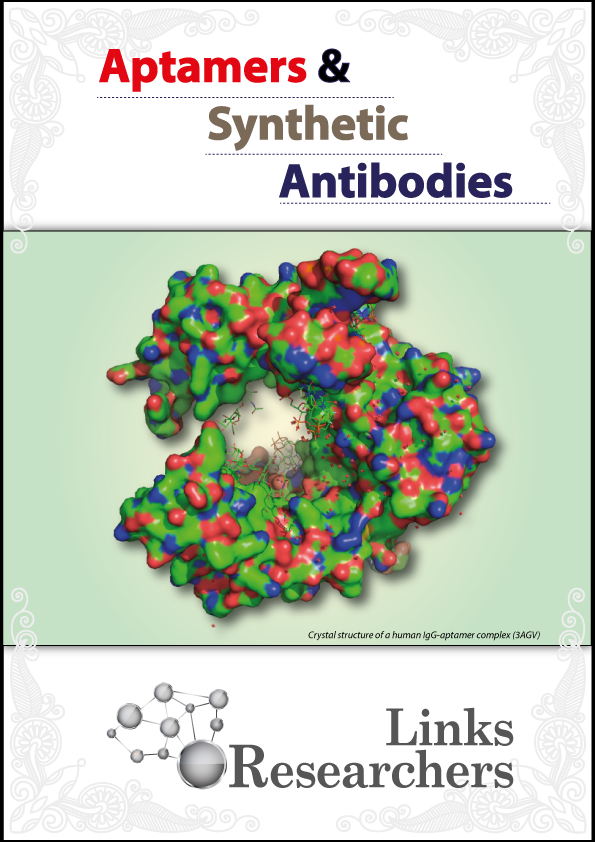Sanjukta Chakrabarti1, Colin J. Barrow2, Rupinder K. Kanwar3, Venkata Ramana1*, Rakesh N. Veedu4,5 and Jagat R. Kanwar3*
Seun Eui Kim1,2*, Myoung-Hoon Lee1, Hye Myoung Jang2, Garam Park2, Wan-Taek Im3, Gwang Joo Jeon2,4*
Keywords | Neuroblastoma, Compound K , Anticancer
...Dhiya Altememy1, Mohammad Darvishi2*, Samira Shokri3, Saber Abbaszadeh4
Xiajun Zhang1, Jie Yang2, Wenjun Zhou1, Zhenshi Chen2, Weidong Wu3, Shaoru Zhang2 and Lihui Wang2*
Eighty Mardiyan Kurniawati1*, Budi Santoso1, Fedik Abdul Rantam2, Widjiati3, Budi Iman Santoso4, Tri Hastono Setyo Hadi1, Gatut Hardianto1, Hari Paraton1
Dalia Zaafar1*, Heba M.A Khalil2, Soha Hassanin3, Mohamed R. Mousa4, Mona G. Khalil1
Falah Mahmood Hameed1*, Asaad Khalaf Talal AL-Shuwaili2, Eman Jawad Jabber3, Mayada Sahib Hassan1
Fatima Ali1*, Rimsha Tahir1 and Tahir Rehman Samiullah2




